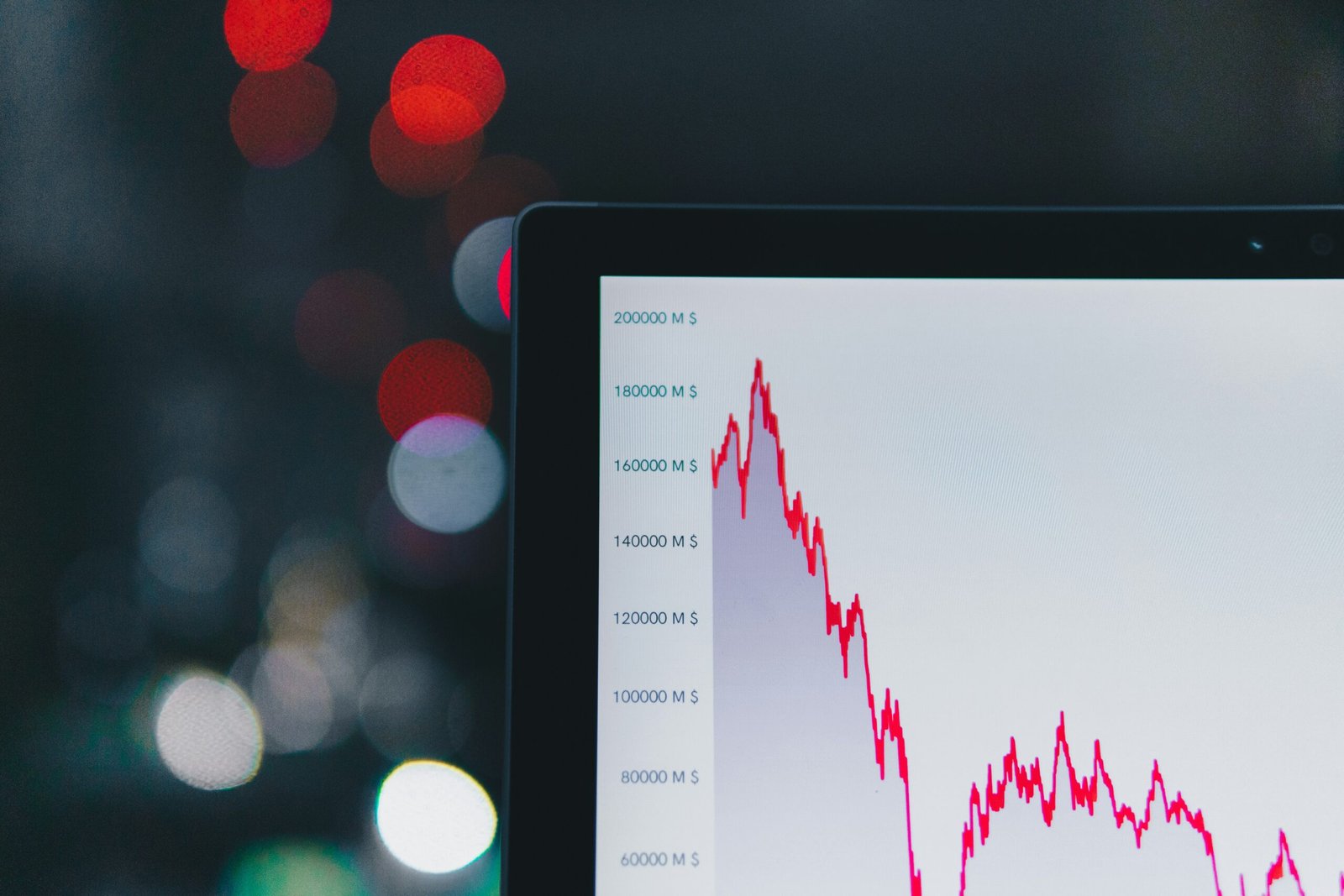In today’s digital and mobile-first economy, payment gateways play a crucial role in enabling secure and efficient transactions. A payment gateway is essentially a technology that captures and transfers payment data from the customer to the acquiring bank. It acts as an intermediary between the merchant and the financial institution, ensuring that sensitive information like credit card details are encrypted and safely transmitted.
Payment gateways come in various types, each tailored to different business needs. Hosted payment gateways redirect customers to the payment processor’s platform, where the transaction occurs securely. This is beneficial for businesses that wish to offload the security and compliance responsibilities. On the other hand, integrated payment gateways keep the customer on the merchant’s site, providing a more seamless user experience but requiring stricter security measures to handle transactions safely.
The importance of payment gateways extends beyond merely processing transactions; they are vital in preventing fraud, ensuring compliance with regulations like PCI DSS (Payment Card Industry Data Security Standard), and providing analytical data that can help businesses improve their operations. Payment gateways are used across diverse sectors, from e-commerce and subscription services to brick-and-mortar stores and mobile applications, making them indispensable in the modern economy.
The evolution of payment gateways mirrors the technological advancements of the past few decades. Initially, transactions were limited to credit cards processed through in-store terminals. With the rise of e-commerce, online payment gateways began to emerge, offering more versatile and secure methods of transaction processing. Mobile payments and digital wallets have further transformed the landscape, accommodating the growing demand for convenience and speed in transactions.
As we explore the future of payment gateways in subsequent sections, understanding their foundational role and historical trajectory provides valuable context. This background sets the stage for discussing innovations, challenges, and trends that will shape how payments are processed in the coming years.
Technological Advances Shaping the Future
Technological innovation is at the heart of the transformative changes anticipated in the realm of payment gateways. Among the most disruptive technologies is blockchain, often paired with cryptocurrencies. Blockchain technology offers a decentralized ledger system that enhances transparency and security, making fraudulent activities more challenging. Cryptocurrencies, which operate on blockchain technology, are becoming increasingly accepted by merchants worldwide, adding an extra layer of security and convenience to transactions.
Artificial Intelligence (AI) and machine learning are also revolutionizing fraud detection within payment gateways. These technologies analyze vast quantities of transaction data in real-time to detect patterns indicative of fraudulent activity. Machine learning algorithms continuously adapt and improve, ensuring more accurate and efficient fraud prevention. This will significantly reduce the risk of fraud, safeguarding both merchants and consumers.
The advent of 5G technology is poised to redefine transaction speeds, offering near-instantaneous processing. With 5G networks, payment gateways can handle a higher volume of transactions rapidly and reliably, enhancing the overall user experience. Faster connectivity ensures that payments are processed in real-time, which is particularly crucial for high-traffic scenarios such as e-commerce platforms and point-of-sale systems.
Biometrics is another technology rapidly gaining traction for payment authentication. Techniques such as fingerprint recognition, facial scans, and voice authentication provide a higher level of security compared to traditional passwords. Biometrics make it significantly harder for unauthorized users to gain access, thus protecting sensitive financial information. This technology not only boosts security but also simplifies the payment process, making it quicker and more user-friendly.
These technological advances are set to usher in a new era for payment gateways, characterized by enhanced security, improved user experiences, and faster transaction times. By embracing these innovations, the payment industry can meet the growing demands of a digital-first world, ensuring a more secure and seamless financial ecosystem for all stakeholders.
Regulatory Changes and Their Impact
The regulatory landscape surrounding payment gateways is undergoing significant transformation, driven by the need for enhanced security, consumer protection, and the promotion of innovation. One of the most noteworthy changes in recent years is the introduction of the Revised Payment Services Directive (PSD2) in Europe. This regulation mandates stronger customer authentication protocols and promotes open banking by requiring banks to provide third-party providers with access to customer account information, subject to customer consent. PSD2 aims to level the playing field by fostering competition and encouraging new entrants into the market, thereby driving innovation.
Beyond Europe, similar regulatory advancements are taking shape globally. In the Asia-Pacific region, countries such as Singapore and Australia are implementing stringent payment frameworks that emphasize transaction security and consumer rights. In the United States, the Consumer Financial Protection Bureau (CFPB) is actively working on rules to ensure greater transparency and consumer control over financial data. These evolving regulations share a common goal of safeguarding consumers while nurturing an environment conducive to technological advancements.
However, these regulatory changes also present challenges for payment gateway providers. Compliance with stricter security measures and data protection standards requires substantial investment in technology and process redesigns. Providers must continuously update their systems to meet authentication requirements, which can include multi-factor authentication and enhanced encryption methods. Furthermore, international payment gateway providers must navigate a complex web of regional regulations, each with its own nuances and technical specifications.
To effectively prepare for these changes, payment gateway providers should proactively invest in advanced security technologies and engage in continuous regulatory monitoring. Building a robust compliance framework that can adapt to different regional standards is crucial. Collaboration with fintech companies and regulatory bodies can also aid in navigating compliance complexities while fostering innovation. By taking these steps, payment gateway providers can not only meet regulatory requirements but also build trust with consumers and partners, positioning themselves for long-term success in a rapidly evolving market.
Future Trends and Predictions
The future of payment gateways is poised for significant transformation, driven by the continuously evolving landscape of financial technology. One of the prominent trends that will shape this sector is the increasing role of mobile payments. As consumer preferences shift towards convenience, mobile payment solutions are expected to dominate the market. This trend will be further fueled by advancements in smartphones and the growing adoption of digital wallets, offering seamless and secure payment experiences.
The idea of completely cashless societies is gradually becoming more feasible. Various nations are already pushing towards reducing the reliance on physical currency. With modern payment gateways enhancing digital payment security and efficiency, we can anticipate a future where cash becomes obsolete. This shift will not only streamline transactions but also reduce the costs associated with currency production and management.
Moreover, the growth of e-commerce presents a substantial opportunity for payment gateways. As online shopping continues to expand, the demand for robust, scalable, and efficient payment processing solutions will rise. Payment gateways will need to innovate continuously to offer frictionless checkout experiences, integrate with various e-commerce platforms, and support diverse payment methods that cater to a global customer base.
Interoperability across different payment systems on a global scale is another pivotal trend. For payment gateways to thrive, they must ensure compatibility with various financial networks, currencies, and payment methods. This need for interoperability will foster the development of standardized protocols and collaborative frameworks among financial institutions and fintech companies.
New players entering the market will also influence the future of payment gateways. Startups with innovative technologies could disrupt traditional models, prompting established financial institutions to adapt quickly. Traditional players might invest in or partner with fintech firms to stay competitive, leading to a more dynamic and competitive landscape.
Looking forward, these trends signify a payment landscape that will be increasingly digital, interconnected, and diversified. Embracing these changes will be crucial for stakeholders to harness the full potential of next-generation payment gateways in the coming decade.









